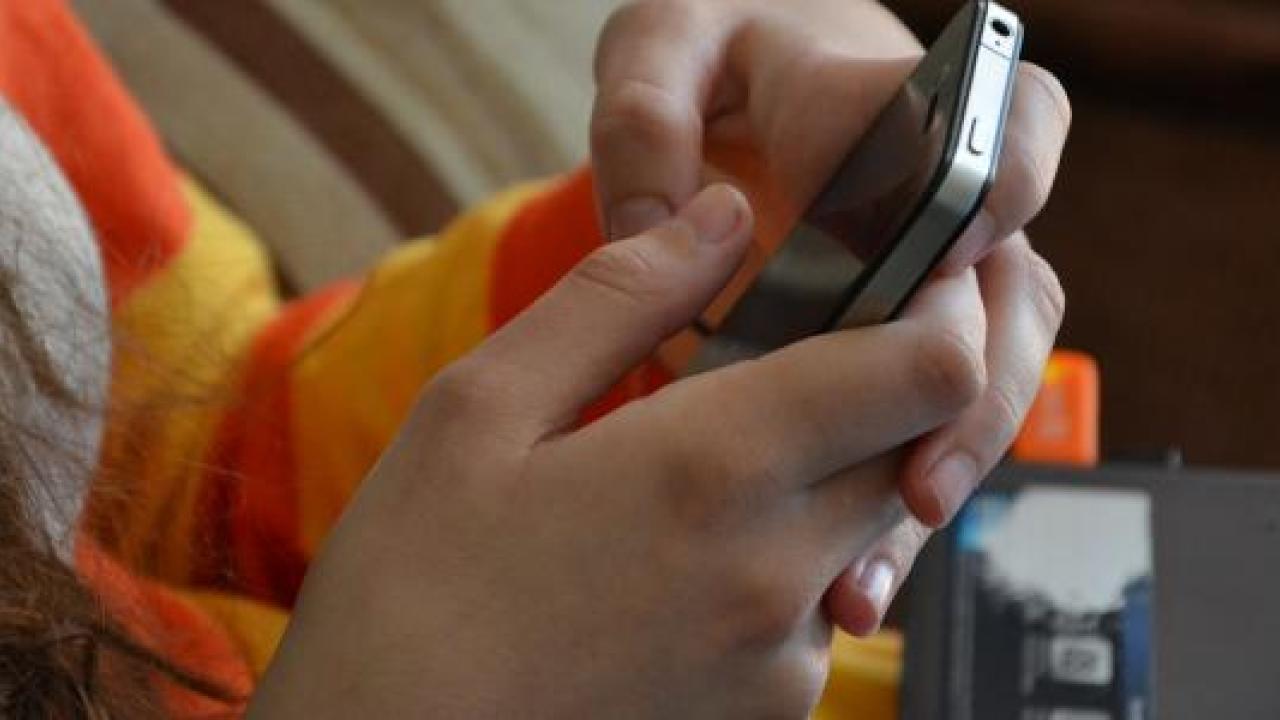Increasingly, we are living in a wired society. Real time short messages for emergency alerts using digital technology are proliferating. Understanding the role of emotions in response to short alert messages, and how those impact overall responses, will improve the effectiveness of these types of messages. The US Department of Homeland Security has provided funding for CPHD researchers to measure the impact of cellphone alert messages on psycho-physiological, emotional, cognitive and behavioral and behavioral responses among diverse populations.
Prior research regarding wireless emergency alert (WEA) messages and their impact on arousal and action used static, "what if" scenarios and self reports of emotional and behavioral response. Our study is using simulated WEA text message alerts to cell-phones coupled with laboratory based methods to measure physiological arousal among respondents and observe their behavioral responses. Initial results suggest simulated WEA texts evoke higher physiological and emotional arousal among respondents who presumed the alert to be real, relative to the hypothetical control group using static, "what if" scenarios. We are continuing to test message length and individuals versus groups.



